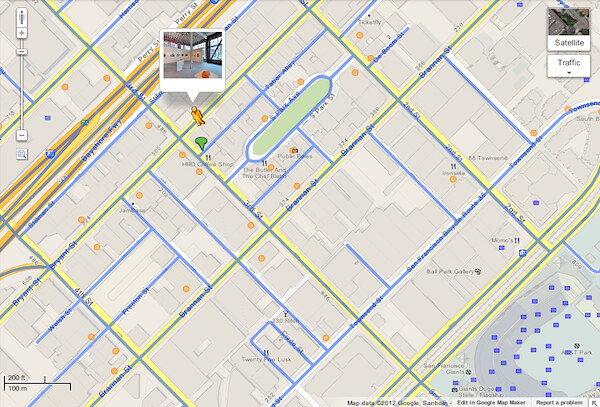The UK and US have now passed the 50% mark for smartphone penetration, making 2013 a very exciting year for those who are embracing mobile, and a challenging year for those who are not.
Mobile and tablet ownership is on the increase, the majority of mobile devices now sold are smartphones and with a two year handset replacement cycle, those who are not smartphone users soon will be.
There are also a number of (cheap) tablets flooding the market. This will not only have a significant impact on the way consumers lead their lives, but also the way we research them.
This increase and change in device usage provides exciting opportunities for brands, but it also means that as clients place more emphasis on their mobile strategy, the research industry needs to guide them through this learning process – never an easy task in the complex, constantly changing mobile world.
Geolocation
What does this increase in device penetration mean for the world? The Internet freed up the world’s information in its first wave from the late 90’s onwards, now we have an increase in devices which can determine your location, meaning local information is now more easily accessible through services such as Google Maps and Yelp. The world is not only becoming more global, it’s also becoming more local.
Location based mobile marketing can be very effective and has the ability to link digital marketing to real world commerce, shortening the customer journey from awareness, through product research and to purchase, often in a matter of minutes. In a recent client study we showed how location based mobile advertising drove footfall and take up of offers, whilst static mobile banner advertising drove awareness. Different mobile ad formats play different roles in the path to purchase.
As mobile devices continue to play an integral part in consumer lives, it’s not enough for brands to just have a mobile optimised site or an app. If they want to stay in the game, then they need to take advantage of technology and develop a full mobile marketing strategy, integrating into the discovery (maps) and recommendation services that are helping to drive commerce.
HTML5
Brands have been quick to develop a host of expensive apps and wasted a lot of time and money in the process. Domestos launched a gem buster game app for example, but who wants to think about toilet cleaning after you’ve finished the task! Although apps very much have their place for engaging users, HTML 5 enables brands to launch services that work in the browser of all smartphones (with no need to download anything).
Not only are these services less expensive to build and can have an equal user experience, but they can be connected into the discovery and recommendation services mentioned above, plus be shown in mobile search results (25% of Google searches will be mobile in 2013). Deploying HTML5 mobile sites will enable to brands and advertisers to drive consumers to useful information and promotional activity, something an app cannot do.
No one can predict the future, however 2013 will see an increase in the ‘on the go’ society, mobile device usage and the freeing up of local information. Not only will this have a big impact on marketers, but also the technology and methodologies used by researchers wanting to collect meaningful data.


